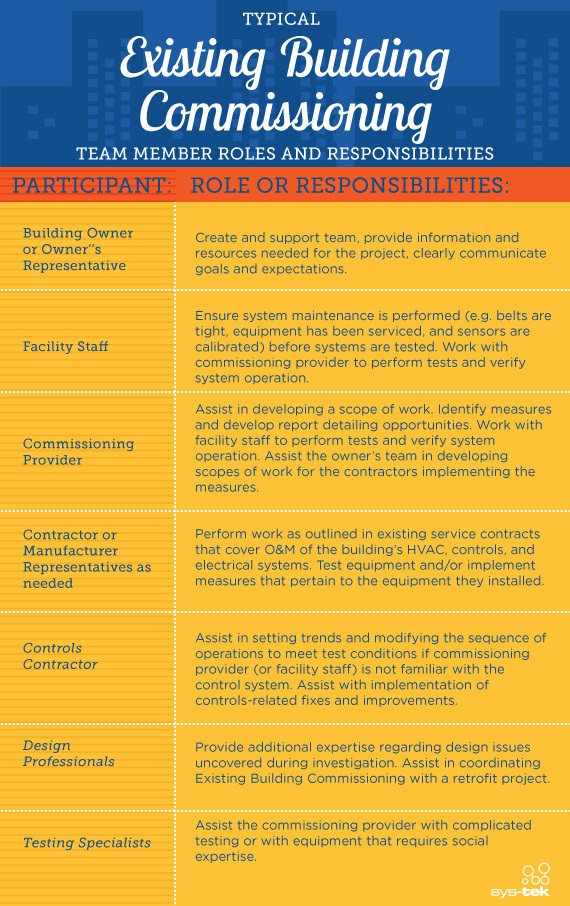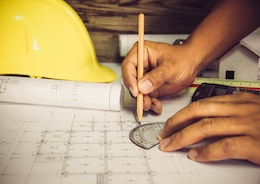Retro-Commissioning Basics
Aug 13, 2014
 Retro-commissioning, as opposed to commissioning, is the process by which an existing buildings systems and equipment are optimized to function and operate together efficiently. The goal of retro-commissioning is to enhance the overall building performance by adjusting, tracking, and fixing mechanical, electrical, and control systems throughout the building. Commission, on the other hand, has the same goals but is done during the design and building stages for new buildings.
Retro-commissioning, as opposed to commissioning, is the process by which an existing buildings systems and equipment are optimized to function and operate together efficiently. The goal of retro-commissioning is to enhance the overall building performance by adjusting, tracking, and fixing mechanical, electrical, and control systems throughout the building. Commission, on the other hand, has the same goals but is done during the design and building stages for new buildings.
The retro-commissioning process does not focus on one area or system within a building. Instead, retro-commissioning takes a holistic approach, looking at each system and piece of equipment as part of a whole. One of the reasons that retro-commissioning is such a valuable tool is because a commissioning lead is able to pull together all of the various desperate parts of a building to create a coherent, efficient whole.
Benefits of Retro-Commissioning
There are a number of benefits associated with the process of retro-commissioning. First, retro-commissioning is very concerned with monitoring building systems. The monitoring systems put in place during retro-commissioning will remain to help building owners and operators to continue to increase building efficiency. Second, with building system stability and efficiency there is usually a decline in tenant complaints and maintained costs. Increased efficiency greatly increases the life of building equipment and systems.
The increased efficiency gained through retro-commissioning is also one of the most important benefits of retro-commissioning because it leads to cost savings. With greater efficiency throughout the whole building, comes greatly lowered operational costs. These cost savings are one of the driving reasons behind many retro-commissioning projects.
Retro-Commissioning Process
The process of retro-commissioning can often seem confusing, but in general it can be broken down into a few key steps.
First and foremost, the needs of the building owner are established and then the commissioning team will visit the site and perform a building diagnostic. This allows for the expectations of the building owner to be met and gives the team am idea of the scope of the project.
A large part of the retro-commissioning process is documentation and reporting. The commissioning team will make every effort to document the state of building, analyze economic and savings, report findings, retain records of all changes made, and report findings garnered from building monitoring. This allows for a clear record of all expectations and changes made throughout the process.
Finally there is an implementation stage and then measurement and verification of the project outcomes.
Check out our Purchase Guide for Retro-Commissioning to learn more about finding the right retro-commissioning agent.

Retrocommissioning Purchase Guide
Our Purchase Guide to Retro-Commissioning will tell you everything you need to know about finding the right retro-commissioning agent for your facility.








